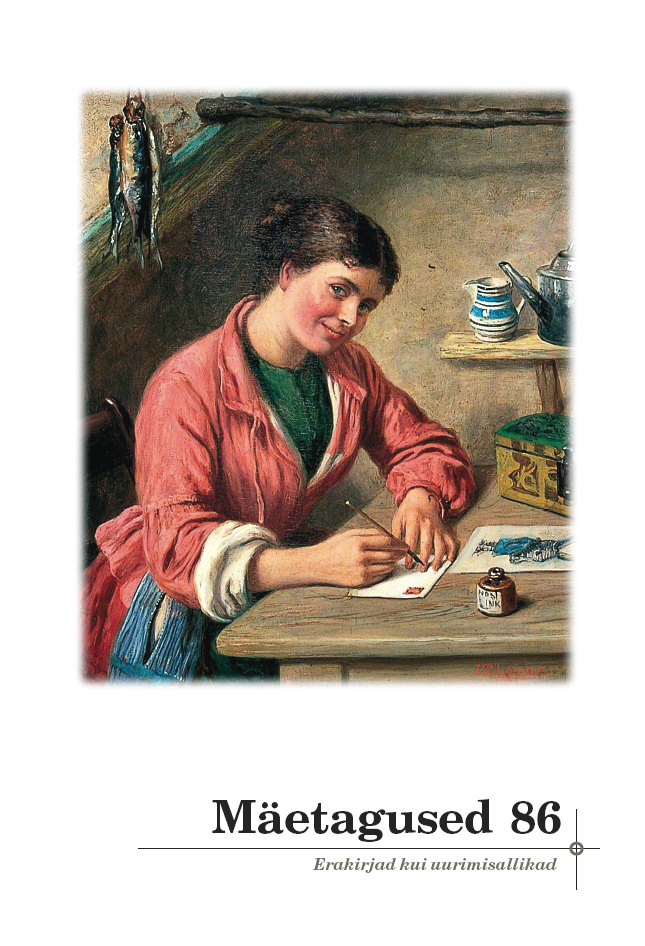Kirjanik Valev Uibopuu perekondlik kirjavahetus eksiilis: ühise kirjade ruumi loomine distantsi lühendamise abil
Valev Uibopuu’s family correspondence in exile: Distance shortening by creating a common space of letters
Author(s): Anna HukkaSubject(s): Customs / Folklore, Cultural Anthropology / Ethnology, Culture and social structure , WW II and following years (1940 - 1949)
Published by: Eesti Kirjandusmuuseum
Keywords: correspondence; distance; family letters; refugees; Second World War; Valev Uibopuu;
Summary/Abstract: Writer Valev Uibopuu (1913–1997) lived in exile from 1943 to 1991. During the whole exile period he carried on an active correspondence. Especially important was the correspondence with his first wife, journalist and writer Tuuli Reijonen, which started in 1943, and the correspondence with his family members who lived in Estonia, which started in 1953. These two family correspondences lay the foundation for this article. I try to find out how was it possible to cross – or at least shorten – the physical and temporal distance between the writer and the reader and to create a common space of communication at the same time. The hermeneutic and empathetic approach has helped me to examine the letters. I approach letters as a communicative, social, and textual space which is created in the writer’s and reader’s dialogue, and which also creates their relationship. At least two worlds meet in this space of letters: the writer’s and reader’s physical and temporal places; in the case of a refugee it also means an encounter between a new and an old place. I found at least four different ways how to cross the distance in Uibopuu’s family correspondence: creating a common moment of communication, creating a feeling of mental and physical closeness, expressing the writer’s and reader’s own places, and remembering the lost home together. The writer could create the common moment of communication by using the present tense, “talking” to the reader, using forms of addressing, and guessing the place and time of reading the letter. The writer could also demonstrate the feeling of mental and physical closeness by expressing textually touching, proximity and active thinking of the other party. The reader, in turn, could move in thoughts to the writer’s place by reading the writer’s expressions of her/his own place, like the weather and the atmosphere. And by remembering the common lost home, the writer and reader together could move in thoughts to the common place of the past. With these means of crossing the distance penfriends had a chance to create a common communicative, social, and transnational space of letters.
Journal: Mäetagused. Hüperajakiri
- Issue Year: 2023
- Issue No: 86
- Page Range: 123-138
- Page Count: 16
- Language: Estonian

